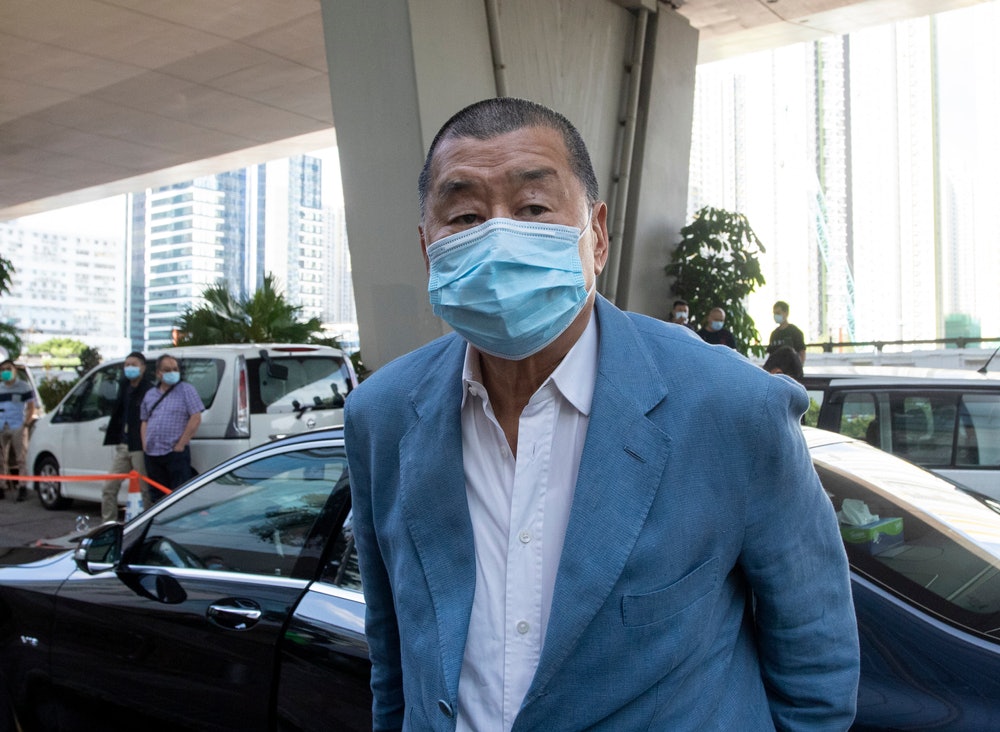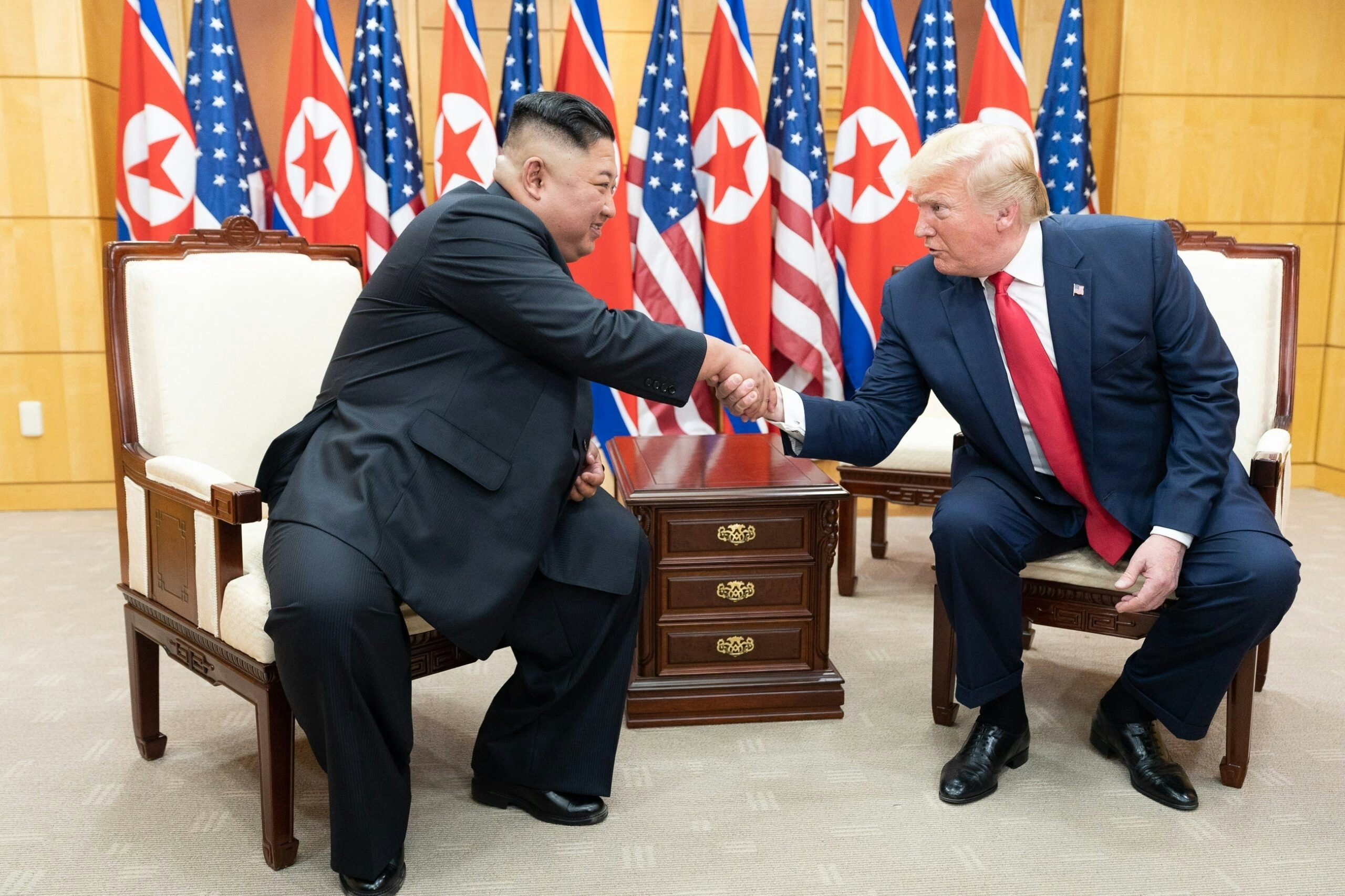Biweekly global health update from Hannah Johnson, Senior Program Manager of Global Policy at the George W. Bush Institute
Global health leaders, physicians, scientists, and advocates are in Kigali, Rwanda this week for the 13th International AIDS Society (IAS) Conference on HIV Science. They will meet to discuss the most pressing issues surrounding HIV/AIDS, including innovations in long-term prevention, the future of funding, and health system strengthening. The event comes at a pivotal moment for the future of global HIV/AIDS research and funding.
Just last month, the George W. Bush Institute’s Executive Director David J. Kramer submitted a statement to the Senate Appropriations Committee in defense of the U.S. President’s Emergency Plan for AIDS Relief (PEPFAR). The letter addressed the administration’s proposed $400 million in cuts to PEPFAR funding. On Tuesday, the Senate reached an agreement with the White House to exempt PEPFAR funding from the rescissions package.
In his statement, Kramer highlighted the strength of data-driven progress used to employ PEPFAR funding since its inception 22 years ago, and he argued that continued funding for the program is essential to preserve its progress. PEPFAR’s laser-focused, data-driven approach has saved more than 26 million lives across the globe.
PEPFAR’s goal of defeating HIV/AIDS as a public health threat is well within reach, and we must stay the course until the job is complete.
Figure of the week
99.9%
That’s the percent of efficacy that the newly FDA-approved HIV drug, lenacapavir, has in preventing HIV.
Accounting for 63% of all new HIV infections in 2024, adolescent girls and young women in sub-Saharan Africa will benefit most from this advancement. Historically, people at risk of contracting HIV must maintain a meticulous oral medication regimen to prevent the disease. Lenacapavir, just a twice-yearly injectable medication, would be far more affordable and accessible, keeping adolescent girls and young women safe.
Gilead Sciences, Inc. announced FDA approval of the breakthrough drug, meaning that programs like PEPFAR and the Global Fund to Fight AIDS, Tuberculosis, and Malaria can now integrate it into prevention programming. In a press release and an article released by Forbes last week, Global Fund Executive Director Peter Sands announced an agreement with Gilead to ensure equitable access to the drug for 2 million people in low- and middle-income countries over the next three years. However, challenges to funding for PEPFAR and the Global Fund could threaten these plans.
Ally updates
Christian music star Amy Grant performed in Nashville at an event in support of HIV/AIDS funding initiatives earlier this month.
At the event, which also featured remarks from Dr. Jenny Dyer, founder of the global health advocacy firm the 2030 Collaborative, Grant called Tennessee Senator Bill Hagerty to demonstrate her dedication to fighting for continued PEPFAR funding. Christianity Today published an excerpt of Grant’s phone call to the senator: “We want you to know that here in Nashville, we want to see full funding of PEPFAR so we can stay on track to end the HIV/AIDS epidemic by 2030.”
Bush Institute Insights
Last month, Bush Institute Executive Director David J. Kramer and the Bradford M. Freeman Managing Director of Global Policy Igor Khrestin released a piece outlining the potential impact of The Sanctioning Russia Act of 2025 (S.1241). Eighty-four U.S. senators have so far cosponsored the legislation, which if enacted, would impose crippling tariffs on countries (notably India and China) that import Russian energy and uranium, sales of which generate vital income for Russia’s war machine, and impose other secondary sanctions on any entities around the globe assisting the Russian war effort or aiding Moscow’s sanctions circumvention activities.
Kramer and Khrestin argue that the United States should move from freezing the $300 billion in Russian assets in Western financial institutions to seizing those funds and using them to pay for additional military assistance to Ukraine and the country’s rehabilitation. This would hold Putin and other Russian officials accountable for the war crimes they have committed and continue to commit in Ukraine.
In the News
- In a recent piece for The New York Times, Emily Bass details a recent visit to Uganda where she was able to see the impact of reductions in PEPFAR support and the resilience of health care workers during times of uncertainty. Community health care workers from the AIDS Support Organization (TASO) worked for months without pay to ensure people throughout Uganda had access to life saving antiretrovirals. At the same time, some clinics continue to face significant challenges.
- Bass writes, “On Good Friday, the executive director of a slum-based clinic told me it hadn’t received any antiretrovirals for almost two months. It had tried and failed to make three weeks’ worth of drugs last by giving out fewer pills to every patient. Twenty-five percent of the H.I.V.-positive mothers in a recent birth cohort had delivered babies who were already infected with H.I.V. because the clinic hadn’t had reliable drug supplies. It had previously gone years without seeing a single baby born with H.I.V.”
- Ahead of IAS, South African HIV activists called upon China, India, Brazil, and Thailand to address HIV/AIDS programming and funding gaps that the United States previously filled. It is clear that a retreat in U.S. foreign investment creates a void that our adversaries are willing and able to fill. Topics surrounding the future of international support for HIV/AIDS will likely be the center of debate during this week’s IAS meetings and events.
- UNAIDS released their 2025 Global AIDS Update, “AIDS, Crisis and the Power to Transform” on July 10. This annual report illustrates the status of the HIV/AIDS pandemic throughout the globe, outlines existing gaps along the continuum of care, and analyzes future trends. The report is coupled with the UNAIDS global factsheet, which shows that last year, approximately 87% of all people living with HIV knew their HIV status, 89% had access to treatment, and 94% were virally suppressed. However, these results vary greatly between geographies and populations, showing that the world will need to chart an aggressive, country-tailored course to end HIV/AIDS as a public health threat by 2030.
- The Clinton Health Action Initiative and Unitaid released a memo underscoring the potential impacts of foreign aid funding cuts for HIV relief for low- and middle-income countries. While disruptions exist in access to essential relief, the organizations recommend “identifying and addressing gaps, reprioritizing goals, improving real-time supply visibility, and aligning with global procurement strategies.” The memo specifically responds to cuts in PEPFAR funding and budget reductions for global partners as well.
- The Center for Strategic and International Studies (CSIS) released a statement underscoring the impact of PEPFAR funding cuts on women and girls under the DREAMS (Determined, Resilient, Empowered, AIDS-free, Mentored, and Safe) initiative. DREAMS stands to lose a significant portion of its funding, and therefore its remarkable impact on women and girls facing elevated risks of violence, exploitation, and HIV infection in Africa. CSIS noted that “the dismantling of U.S. foreign assistance and global health programming perpetuates the reality that HIV has a female face in Africa, reversing recent progress.”
- During a conversation hosted by NPR, Jon Cohen, a senior correspondent for Science magazine, underscored the efficacy of drugs that have allowed people with HIV to lead completely normal lives. In high-income countries, these life-saving treatments have preserved millions of lives, but at a cost of $15,000 per person per year, they remain largely inaccessible to many in the Global South. As the future of PEPFAR hangs in the balance, so too does the health and survival of millions who rely on U.S.-funded HIV treatment.






























